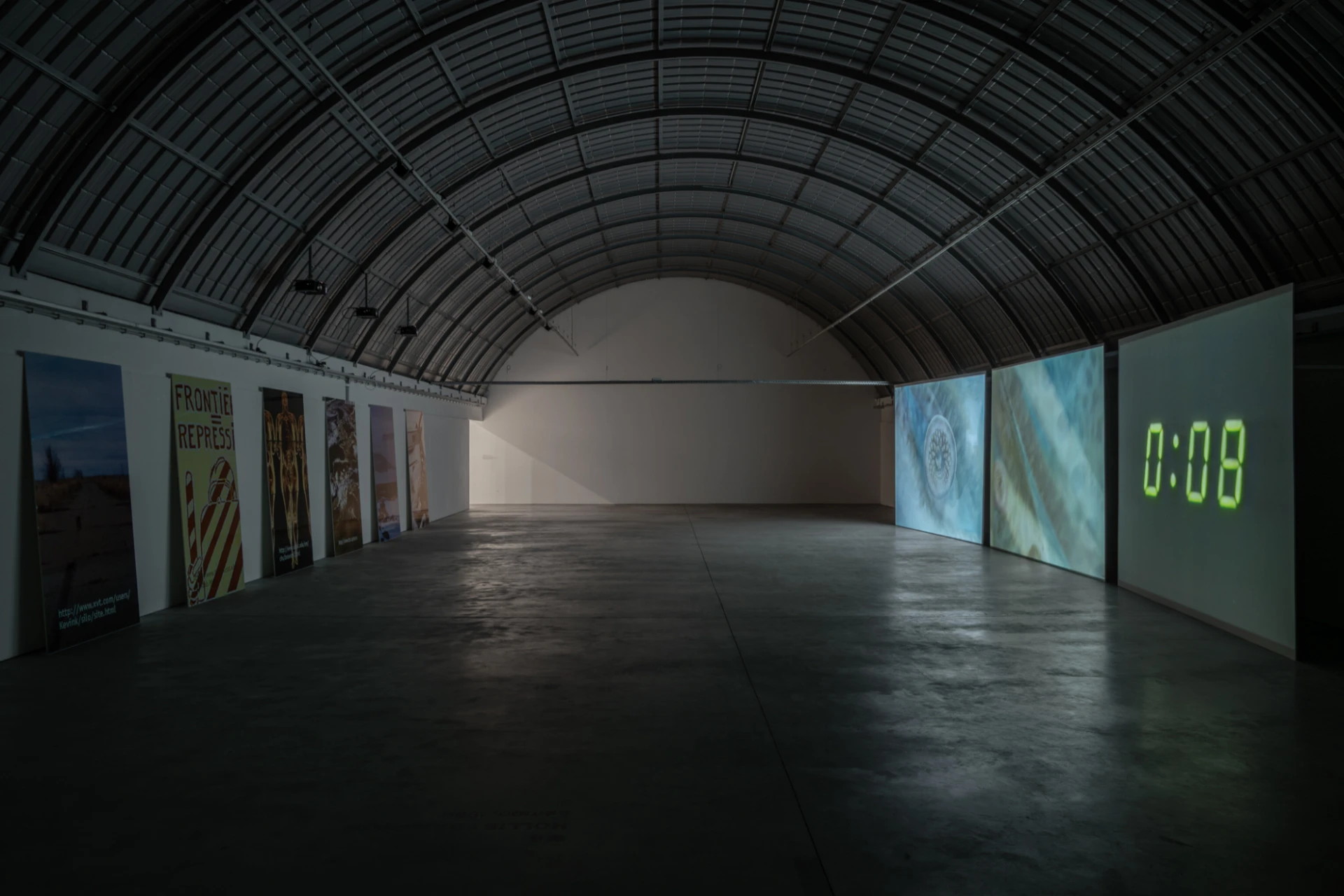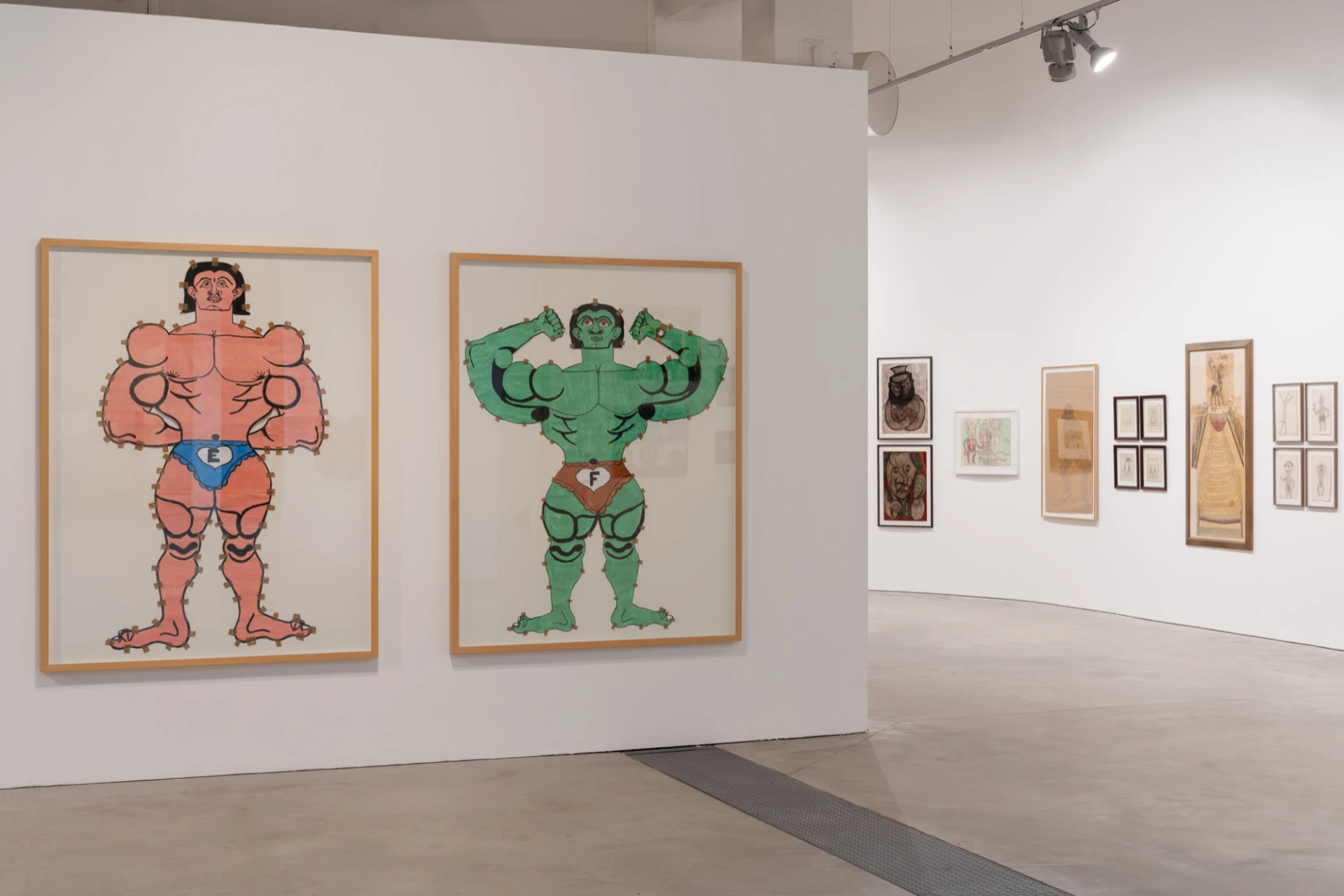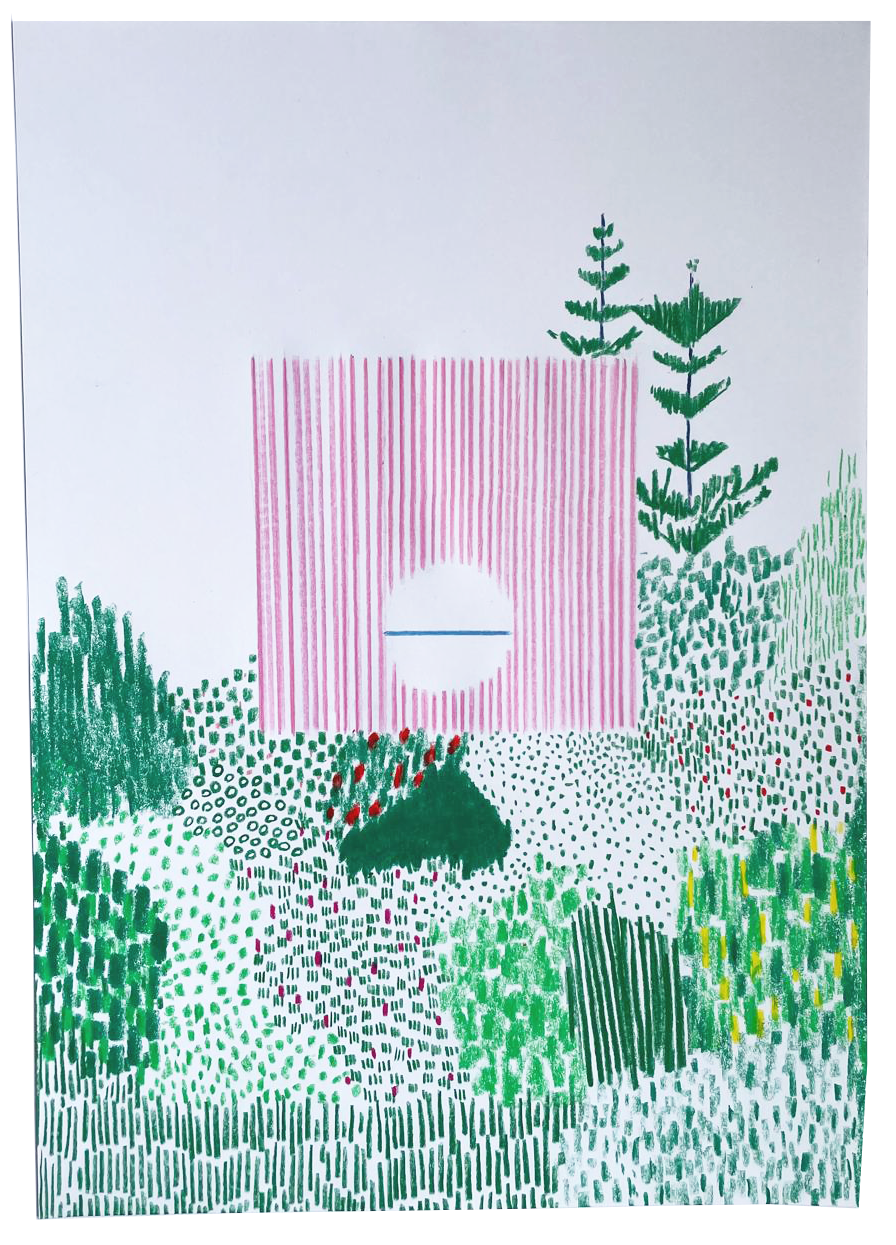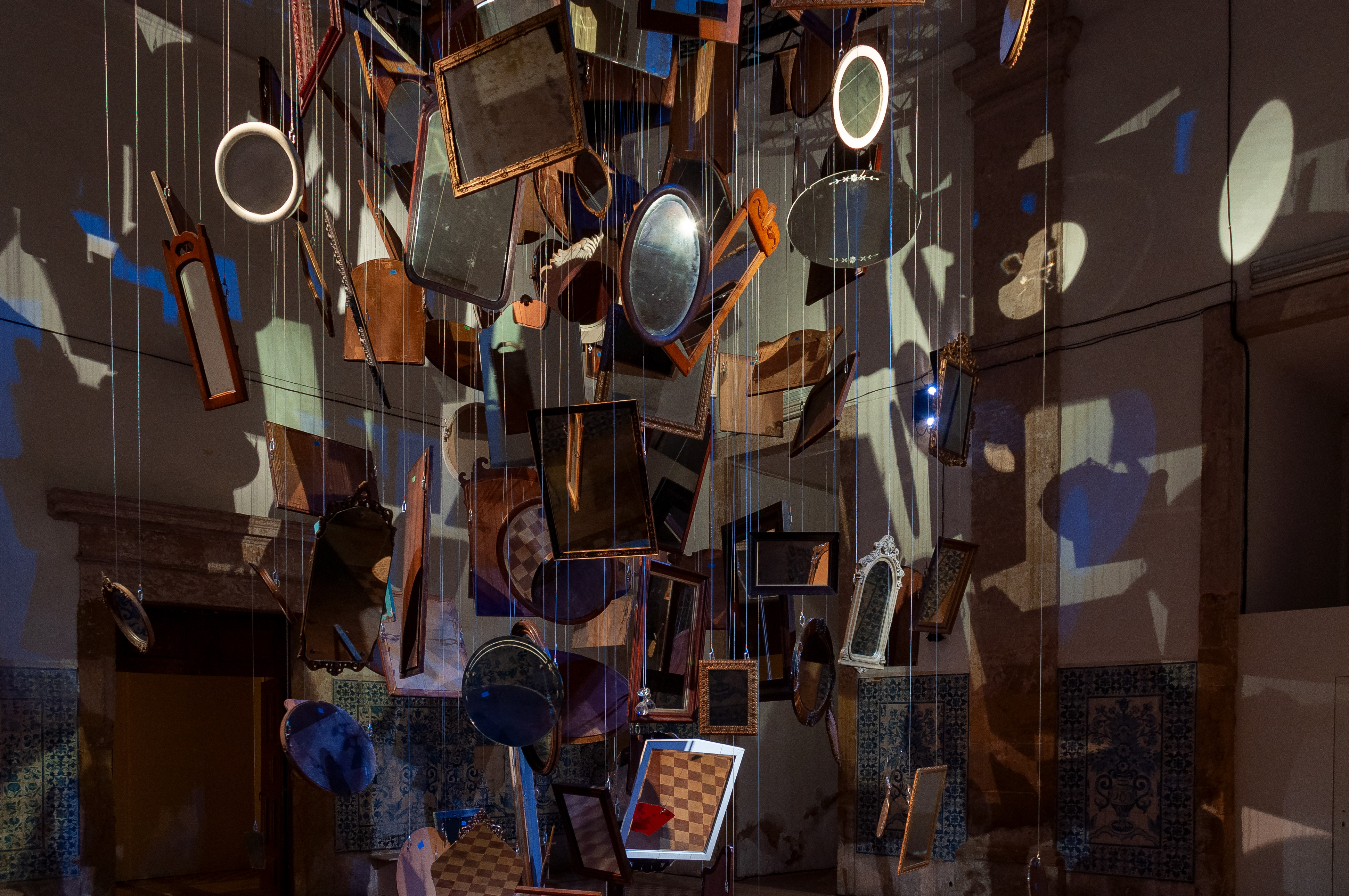article
O Arquipélago que Ressoa, by Fernando José Pereira
Based on familiar elements of the artistic production of Fernando José Pereira (1961), which includes the practice of drawing, photography and work with moving images, the exhibition "O Arquipélago que Ressoa", on display at the Centro de Arte Oliva and curated by Andreia Magalhães, takes us onto a reflection on temporality and history, borders and exile, utopia and political persecution.
Drawing on the domains of philosophy, film, literature, and art theory, Fernando José Pereira's multidisciplinary practice is revealed in an exhibition whose selection of works, dispersed across time and space, proposes an indeterministic reading and revision of his trajectory within the context of national art. Created between the late 1990s and the present day, some of which have never been shown before in Portugal, the works on display question and reflect—through visual, conceptual, and metaphorical explorations—on the current world, contemporary action, and social change.
Art's commitment to political action, Fernando José Pereira's interest in what is happening in the world, and the politicized interpretation of his artistic production permeate the works on display, despite the temporal interval that separates them. In this regard, we highlight the installation A Utopia do Exílio (1997) and the video Os silêncios escondidos (2025), which, separated by almost three decades and produced in precise moments and circumstances, maintain and reinforce Fernando José Pereira's reflective strategy by converging artistic expression and political analysis. A metaphorical work, A Utopia do Exílio presents, in three video channels, the captivity of lampreys, alternating with a countdown, intensifying in the darkness of the exhibition space the feeling of claustrophobia felt in the animals' panting—that is, on death row. Created in 1997, this sadly timely work was inspired by the death row life of Black American activist Mumia Abu-Jamal (a member of the Black Panthers), convicted in 1980 by the American justice system and still incarcerated today. Completely metaphorical, the installation, through the lampreys' captivity, promotes a reflection on marginalization, exclusion, and territorial claims, as well as a utopian and liberating vision of the condition of exile, their ability to transcend borders, and the possibility of seeing from the outside.
The artist's visual and conceptual exploration of metaphorical correspondences continues in his most recent work, the video Os silêncios escondidos. Focusing on the relationship between nature and the idea of landscape, the work denounces the genocide of the Palestinian people in the present moment, confronting us with the impossibility of a concept of landscape through the destruction of nature: the wreckage, the bodies, the ruins that the Palestinian territory of Gaza has been transformed into.
Taking a firm stance on issues involving disrespect for others, the indignity we live with daily, and compromised silence, Fernando José Pereira reveals throughout the exhibition how art can inscribe these collective reflections and concerns in his body of work. The artist's commitment, the power of words, and the possibility of the "desiring gestures" that guide his practice confront us in the drawing no neutral options I (2025), a triptych that imposes itself as a statement and affirmation of resistance, the white of the drawn words standing out against the black surface of the charcoal. Black and white, as metaphors for the present, accompany us throughout the exhibition, in a duality that transcends chromaticism by evoking violence and death, as well as hope and resistance, as central axes of the exhibition's construction. In addition to video, photography and sound installations, Fernando José Pereira presents a series of drawings, testimonies of a slow work, which includes Mind frames (2024), drawings of slow circular plots, of undeveloped film strips, in which the artist attempts to realize what he calls the "utopian possibility of necessary images": mental, silent images that have deactivated their informative functions.
The moving image in Fernando José Pereira's body of work occupies a prominent place in the exhibition through the presence of works that, while revealing an affinity with cinema, nevertheless integrate specific elements of the artistic realm, such as the video shown in the first room, Untitled (speechless), 2008. A work about dissatisfaction and reality, the video presents a still image of a room with a long table and chairs on either side. A person moves from chair to chair, sitting for only brief moments, in a gradual climax of dissatisfaction. There is no change of image, only the actor in continuous movement around the table, with the characteristic sound of chairs scraping. Between Untitled (speechless), the first work that launches us into O arquipélago que ressoa, and the last that makes up the exhibition, A utopia do exilio, there are several works on display that, dispersed in time and space like fragments, give body to an exhibition conceived from the configuration and definition of an archipelago – understood as a set of geographically dispersed islands but interconnected by geological and cultural connections – that is, by a group of works united by what separates them: time and the constant concerns that this time determines.
The exhibition is on view at Centro Oliva until October 12.
BIOGRAPHY
Mafalda Teixeira, Master’s Degree in History of Art, Heritage and Visual Culture from the Faculty of Letters of the University of Porto. She has an internship and worked in the Temporary Exhibitions department of the Museu d’Art Contemporani de Barcelona. During the master’s degree, she did a curricular internship in production at the Municipal Gallery of Oporto. Currently, she is devoted to research in the History of Modern and Contemporary Art, and publishes scientific articles.
UMBIGOLAB LINKS
ADVERTISING
Previous
article
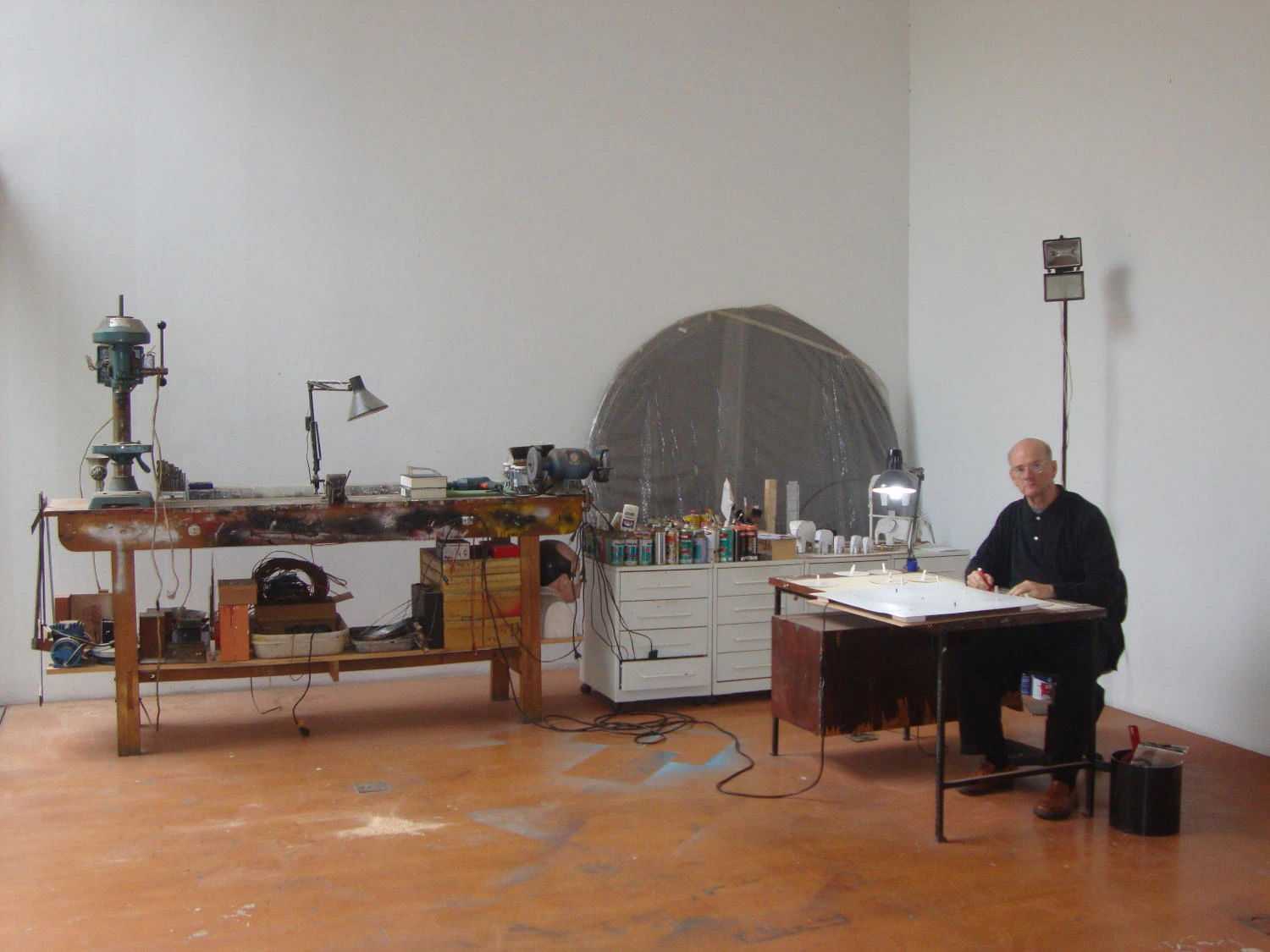
02 Oct 2025
A studio chat with: Guto Lacaz
By Diogo Bolota
Next
agenda
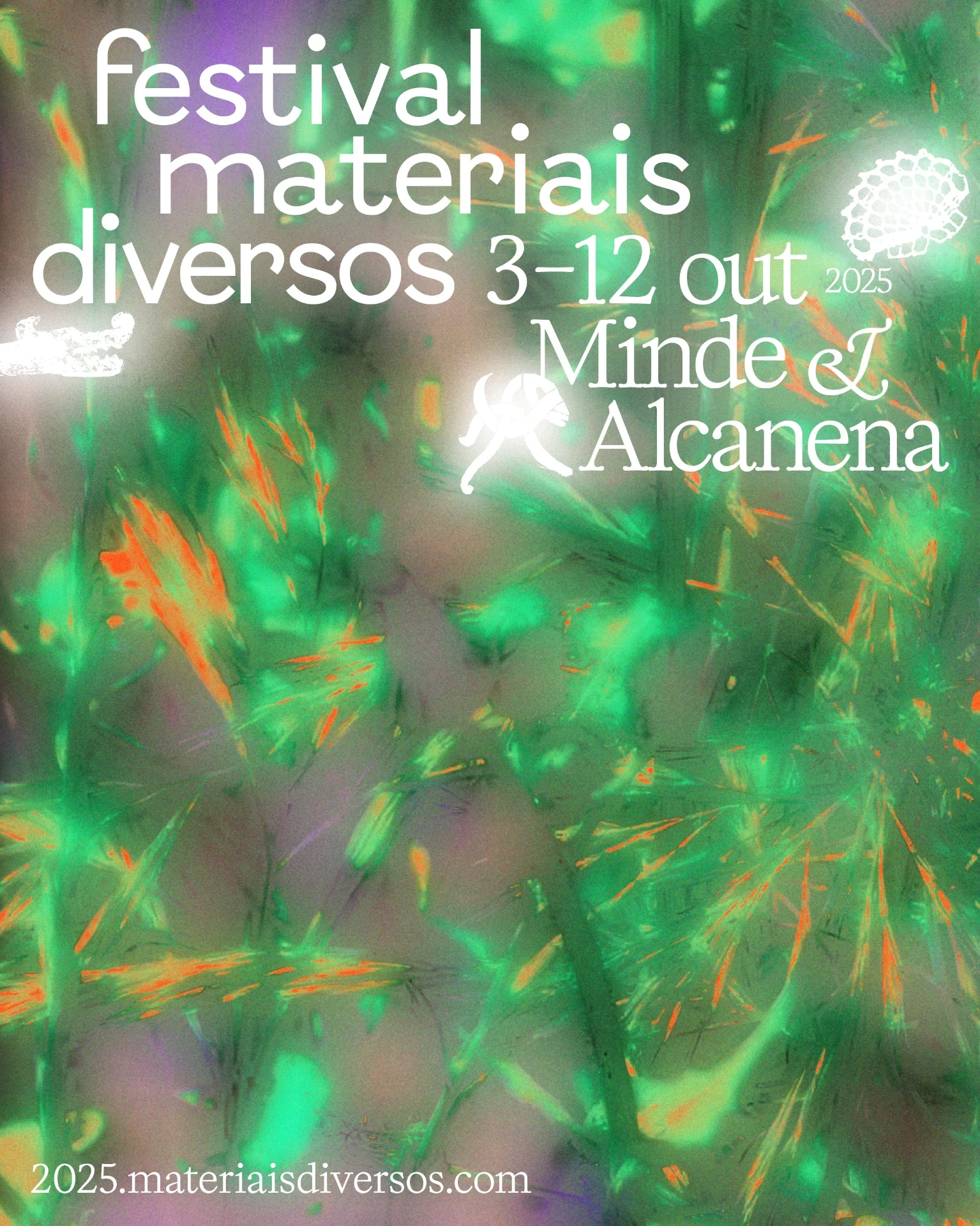
04 Oct 2025
Materiais Diversos kicked off yesterday in Alcanena and Minde
By Umbigo
Related Posts
